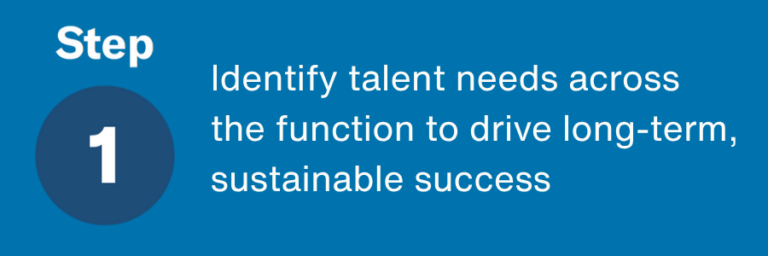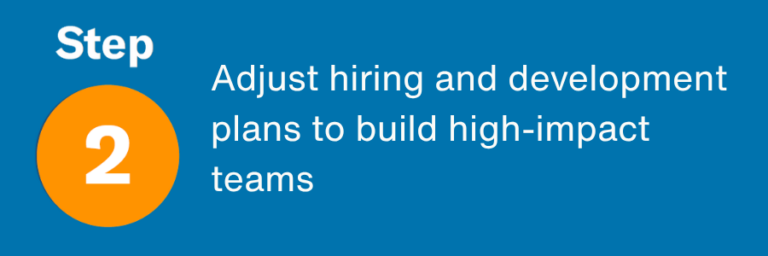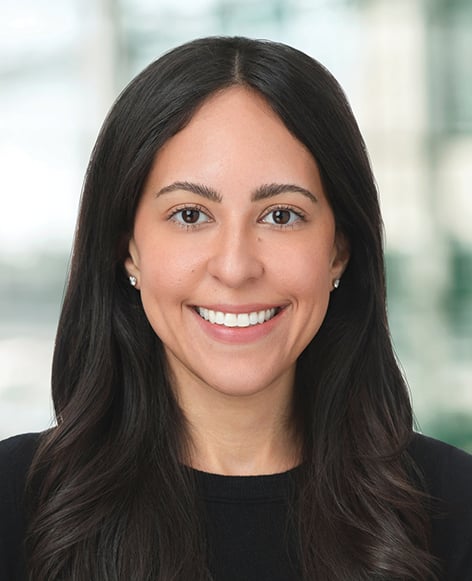Insights from the MAPS New Orleans 2025 roundtable session. The session highlighted the essential talent needs—such as competencies, qualifications, and experiences—required to support Medical Affairs as a strategic bridge between R&D and commercialization. It also explored methods to monitor progress in aligning talent with evolving Medical Affairs strategies.
__________________________________________________________________________________
Build and grow a comprehensive Medical Affairs team
Challenge: Medical Affairs requires a wide range of capabilities to succeed as the third strategic pillar—alongside the R&D and Commercial functions—of the life sciences industry.
» Strategic planning, digital innovation, and talent strategy are critical for Medical Affairs teams’ success across therapeutic areas (TAs) and product modalities.
Obtaining a wide breadth of capabilities may be challenging due to hiring constraints, requiring prioritization of attributes.
» These capabilities will drive success across all Medical Affairs departments, particularly for TA leads who are responsible for the overall strategy and for the medical science liaisons (MSLs) who are essential to executing with key external stakeholders.
» It’s essential to capture core team capabilities such as strong TA and scientific expertise.
For rare disease organizations, emphasis may be put on certain competencies, such as disease area knowledge, vs. other therapeutic areas, in which an ‘influencer’ skillset is important.
» Business acumen, strong communications, storytelling ability, and leadership are required to support and nurture critical Medical Affairs capabilities; however, capturing all of these qualities—even across multiple individuals—is challenging.
Solution:

To do this, leaders should map how team members can complement and upskill each other.
Medical Affairs leaders need to answer the following questions:
- What key skills and attributes does our team currently have?
- Where can we improve to effectively meet business needs (in-line and pipeline assets) and stakeholder needs (HCPs, patients, payers, caregivers, patient advocacy, etc.)?
- What skills and qualities must new talent possess to help meet organizational, functional, therapeutic, and indication needs?
- Across all talent, what does this look like for the team as a whole? Where are the strengths and opportunities?
- How can we teach new skills where appropriate? Who can we recruit to strengthen our team?
Given the specialized nature of each Medical Affairs group, these key questions can be asked initially for each Medical Affairs vertical, and then across the entire function, to support a more linear, stepwise approach to ensure completeness.
Pairing team members who can complement and upskill each other—and who are willing to invest time and effort in the partnership—is a critical step toward ensuring success.

Once talent needs are identified, Medical Affairs leaders will be better positioned to identify strengths and opportunities, and then adjust hiring, onboarding, and development plans—ensuring that the team has complementary skillsets to address areas for improvement.
To do this:
» Leaders should effectively define critical traits and skillsets they still need in aggregate across their resourcing array.
Growth across multiple teams within a company may indicate experience in ‘wearing multiple hats.’
For identifying new talent:
» Prioritize candidates with a demonstrated track record of growth and advancement (often within one organization), this can be a sign of motivation and skills.
For the current talent, there are many creative ways to invest in training and development (see subsequent section).
» Additionally, individuals with prior commercial or business-facing experience bring transferable skills and a unique ability to align medical strategy with commercial objectives—adding valuable perspective to existing teams composed primarily of those with Medical Affairs backgrounds.
Optimize talent development programs to cultivate a high-performing team
Challenge: Evolved skills are required as stakeholder needs evolve; it is expected that Medical Affairs teams excel in holistic, ‘outcomes-based’ communication.
» Training should be reassessed and enhanced to ensure individuals maintain relevant skills and upskill when possible, so that there is ongoing development of ’outcomes-based’ storytelling—for example, articulating a TA’s clinical, economic, and real-world value.
Solution:

» Implement rotational programs for select team members to build a well-rounded talent pool with varying experiences and strengthen cross-functional relationships.
» Creative and/or customized coaching can focus individuals’ specific needs (ideally through the lens of supporting in-line and pipeline businesses), while also investing in current staff and building goodwill.
» Leadership should use available resources to create tailored programs for their teams. Successful programs will reflect the culture and values of the entire organization.
Developing a strong ‘curriculum’ often includes reaching a variety of functions outside of Medical Affairs, including finance, public relations, sales, marketing, market access, etc.
Select participants who:
» Have sufficient coverage within the current team for Medical Affairs responsibilities, so that their ‘absence’ does not negatively impact the original team and/or the business.
» Will significantly, seamlessly, and immediately benefit from the rotational assignment, enabling maximum impact following the program—which would thereby drive immediate value to the Medical Affairs function.
Ways to accomplish this:
» Collaborative Upskilling pairs current teammates to complement individual strengths and areas for development. By teaching and learning from one another’s respective strengths—and deepening internal relationships—the entire Medical Affairs team will benefit from the aggregate skillset and resources.
A component of training often overlooked is influence—an increasingly important attribute and skill as the reach and impact of Medical Affairs expands. Consider emphasizing this skill through media and public relations training.
» Cross-Team Coaching helps Medical Affairs professionals expand their business understanding to support their scientific acumen. The best Medical Affairs experts combine scientific expertise with an understanding of business implications.
» Reverse Coaching (i.e., more tenured talent learning, often modern-day approaches/skills, from junior team members) positions senior leadership as open-minded to support authentic leadership and the overall company culture. For example, social media training to stay current in the digital environment.




